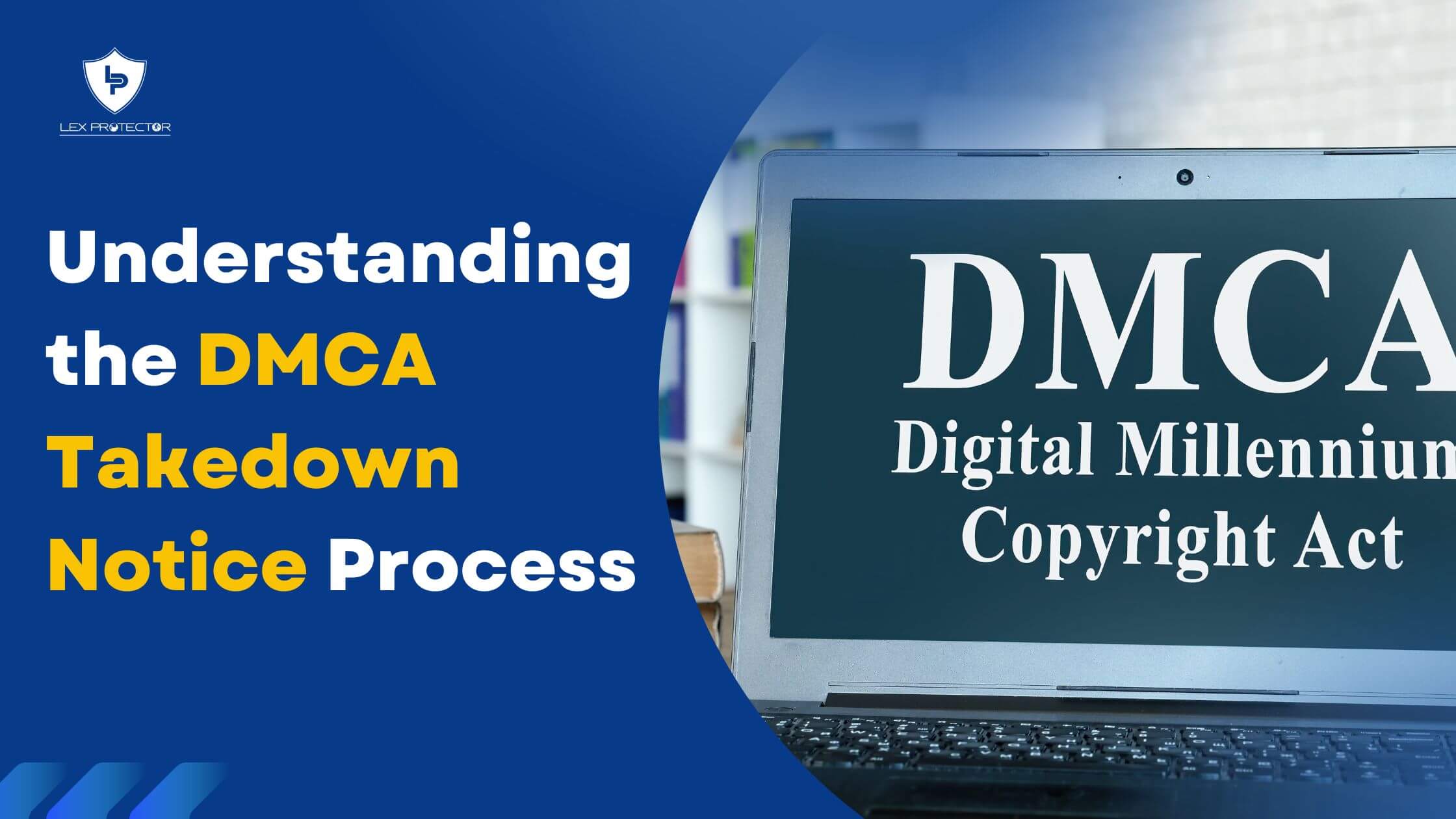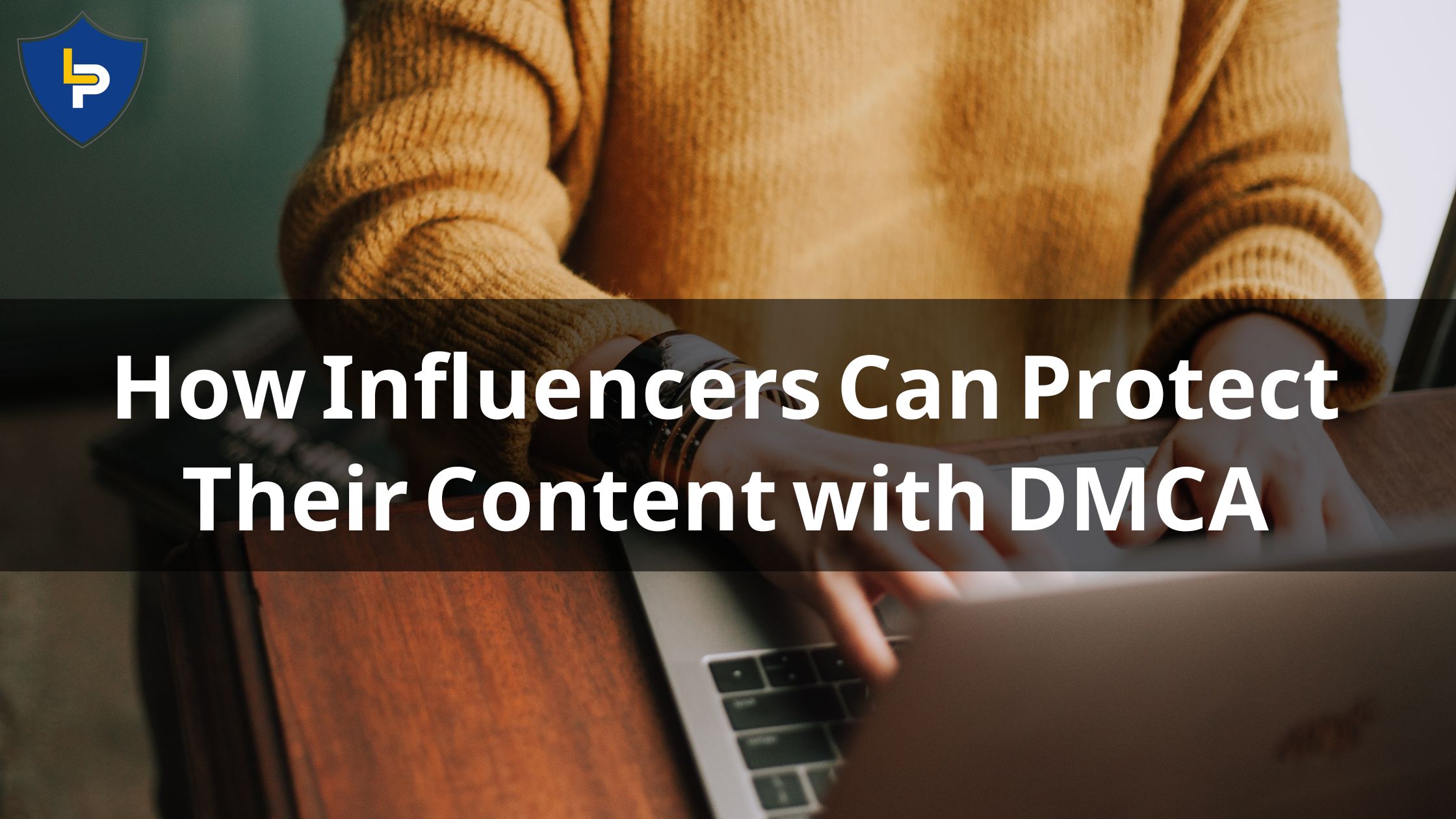The Digital Millennium Copyright Act (DMCA) is a crucial piece of legislation that has significantly shaped the landscape of digital content protection. Enacted in 1998, the DMCA provides a framework for copyright holders to protect their intellectual property online. One of the key mechanisms it introduced is the DMCA takedown notice, a powerful tool for removing unauthorized content from the internet.
What is a DMCA Takedown?
A DMCA takedown is a formal request issued by a copyright holder (or their authorized agent) to a service provider or website to remove infringing content. The DMCA gives copyright holders a legal pathway to demand the removal of material that violates their copyright. This process is crucial for maintaining the integrity of intellectual property in the digital age, where content can be easily copied and distributed.
A Detailed Overview of the DMCA Takedown Process
1. Identifying Infringement
The first step in the DMCA takedown process involves identifying content that infringes on the copyright holder’s work. This could be anything from images, videos, music, text, to software. The copyright holder must be certain that the content in question is indeed infringing.
2. Preparing the DMCA Notice
Once infringement is identified, the copyright holder must prepare a DMCA takedown notice. This notice must include specific information (detailed in the next section).
3. Sending the Notice
The notice is then sent to the service provider hosting the infringing content. This could be an internet service provider (ISP), a web hosting company, a social media platform, or any other online service.
4. Service Provider’s Response
Upon receiving the notice, the service provider must act expeditiously to remove or disable access to the infringing material. They typically have a set period to comply, often 24-48 hours.
5. Notification to the Infringer
The service provider must notify the alleged infringer about the takedown and provide them with a copy of the notice.
6. Counter-Notification
If the alleged infringer believes the takedown is erroneous, they can file a counter-notification. This counter-notification must include specific details (explained below).
7. Reinstating Content
If a counter-notification is filed, the service provider must notify the original complainant. If the complainant does not file a lawsuit within a specified period (typically 10-14 days), the service provider may restore the content.
What Do I Need to Provide for a DMCA Takedown?
A valid DMCA takedown notice must include the following:
- Your Contact Information: Full name, address, telephone number, and email address.
- Identification of the Work: A description of the copyrighted work you claim is being infringed.
- Identification of the Infringing Material: A description and location of the infringing material. Provide URLs if applicable.
- A Statement of Good Faith: A statement that you believe in good faith that the use of the material in the manner complained of is not authorized by the copyright owner, its agent, or the law.
- A Statement of Accuracy: A statement that the information in the notice is accurate, and under penalty of perjury, that you are authorized to act on behalf of the owner of the copyright that is allegedly infringed.
- Your Signature: A physical or electronic signature.
Who Can File Takedown Requests?
Only the copyright holder or an authorized agent of the copyright holder can file a DMCA takedown request. This can include individuals, companies, or organizations that hold the rights to the copyrighted material.
What Kind of Websites Will Process DMCA Takedowns?
Any website or service provider operating in compliance with the DMCA is required to process takedown requests. This includes:
- Social Media Platforms: Sites like Facebook, Twitter, and Instagram.
- Video Sharing Platforms: YouTube, Vimeo, Dailymotion.
- Web Hosting Services: Companies like Bluehost, HostGator, and GoDaddy.
- Search Engines: Google, Bing, and Yahoo.
- Online Marketplaces: Amazon, eBay, Etsy.
What Countries Use Takedown Notices?
While the DMCA is a United States law, its principles have influenced copyright laws globally. Many countries have their own versions of takedown notices:
European Union: The EU has similar regulations under the E-Commerce Directive.
Canada: The Copyright Modernization Act includes provisions for takedown notices.
Australia: The Copyright Act 1968 (amended) provides for notice-and-takedown procedures.
Japan: The Japanese Copyright Act includes takedown provisions.
Other countries, including India, South Korea, and Brazil, also have mechanisms in place for addressing online copyright infringement.
Conclusion
The DMCA takedown process is a critical tool for protecting intellectual property in the digital age. By understanding the steps involved and ensuring all necessary information is included in a takedown notice, copyright holders can effectively combat unauthorized use of their content online. However, it’s important to approach this process with a clear understanding of the legal implications and to seek legal advice when necessary to navigate potential disputes.






 Mon-Sat 10am-7pm IST
Mon-Sat 10am-7pm IST